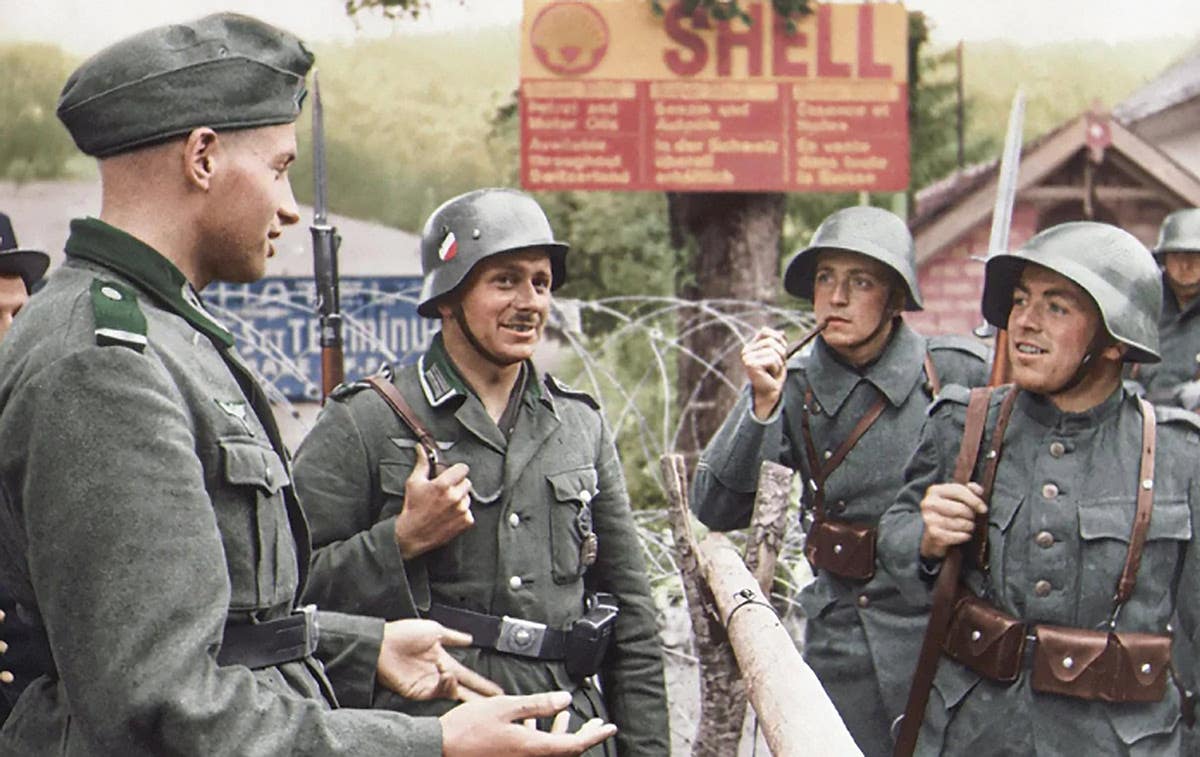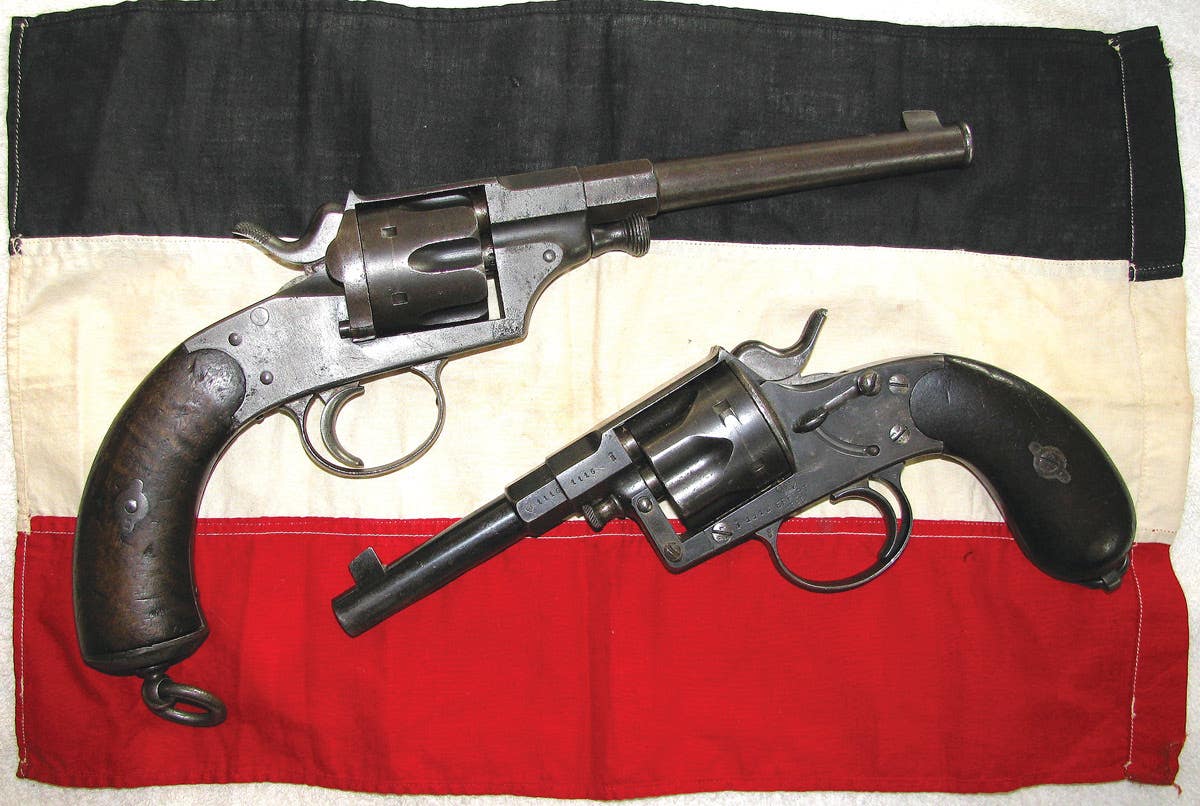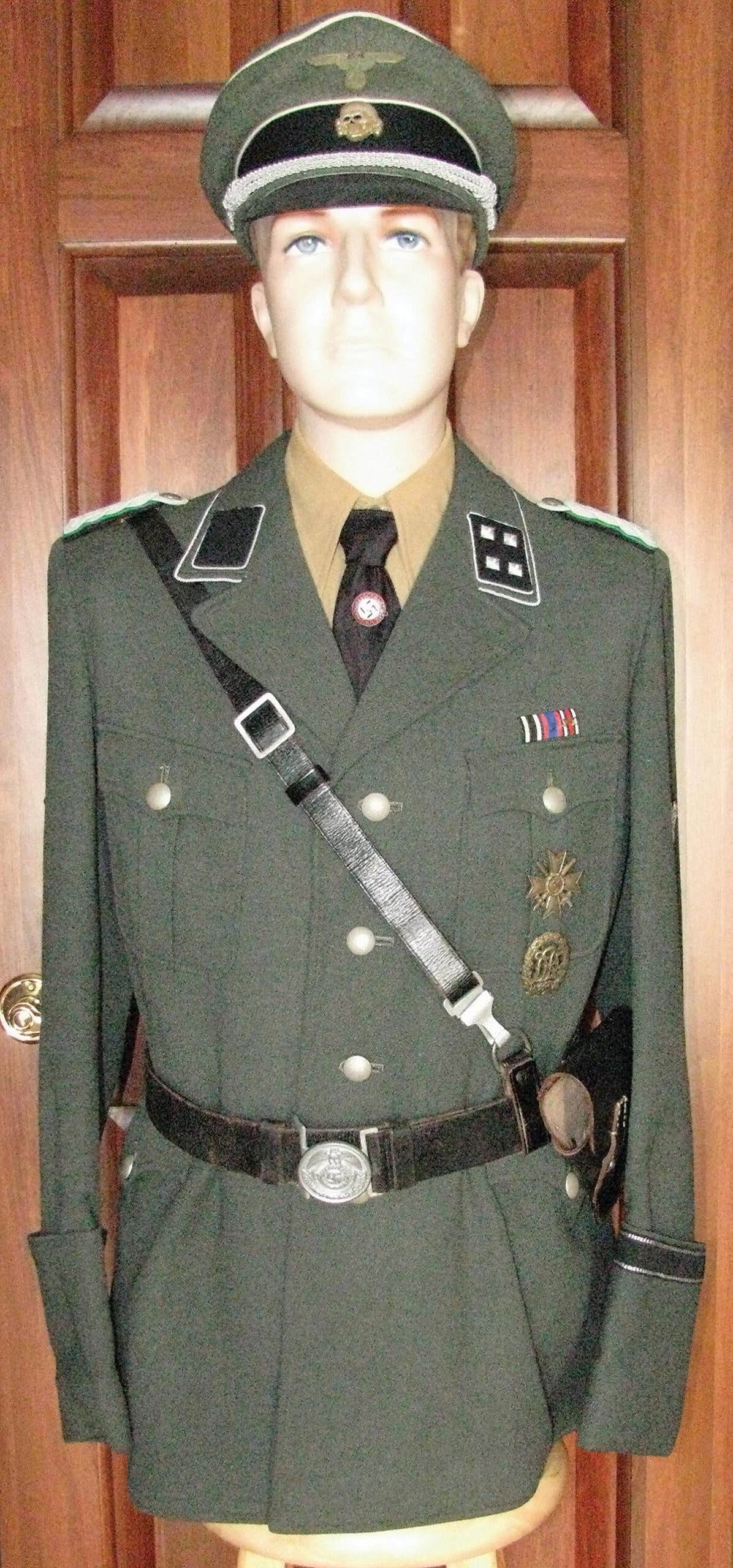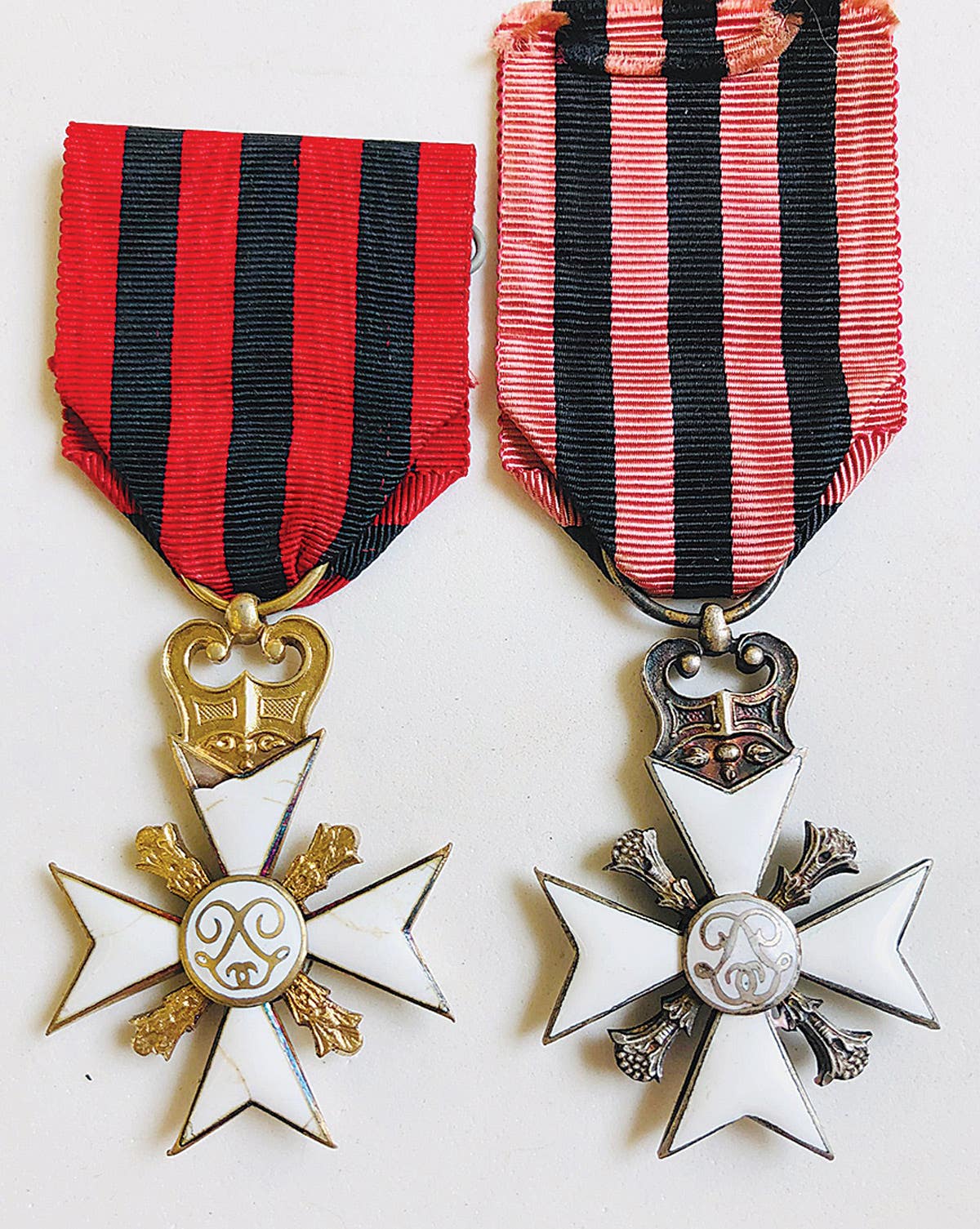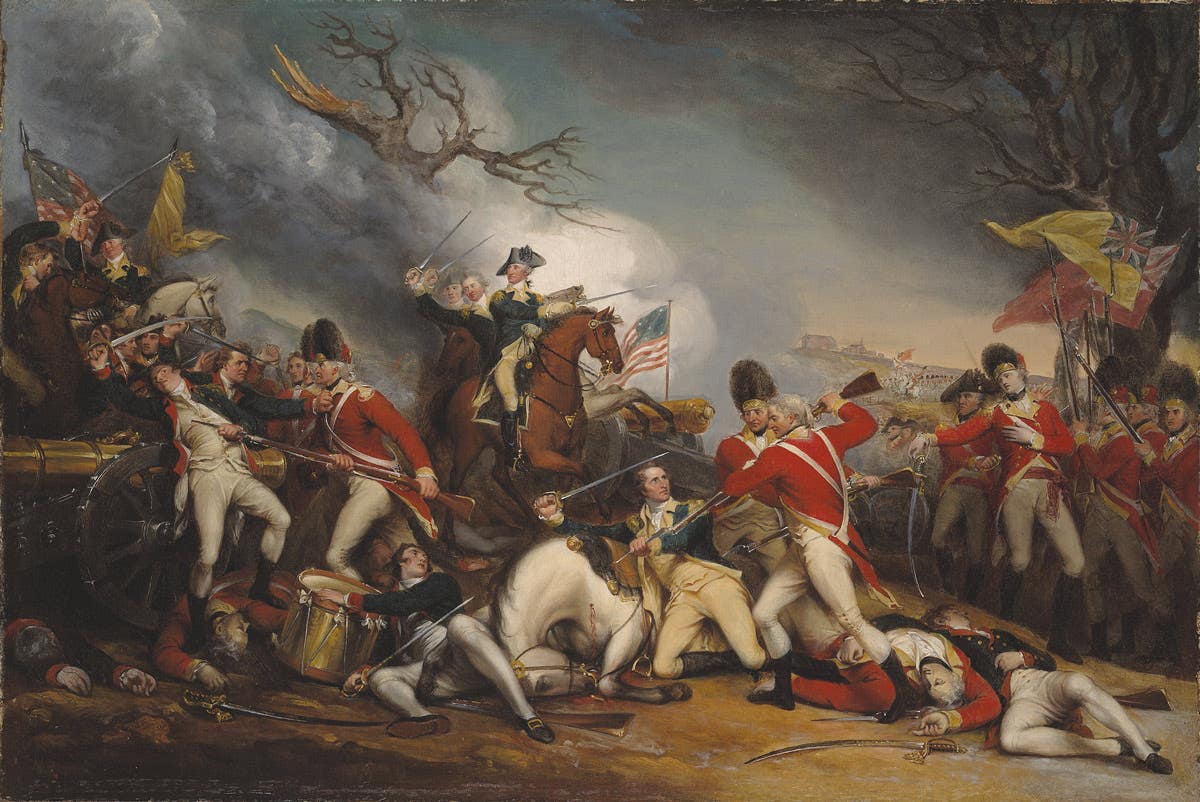Does money move you to collect?
When asked, “Why do you collect?” most of us will explain it is a love history and a respect of veterans that are the primary drivers of our hobby. It…
When asked, “Why do you collect?” most of us will explain it is a love history and a respect of veterans that are the primary drivers of our hobby. It is only when someone scratches a little deeper, do aspirations of “investment” or “making a profit” are sometimes revealed. Recent chatter on various forums about a couple of recent interesting sales has really exposed that money aspect motive under the skin of the hobby.
Who doesn’t like a bargain?
We all dream of finding a rare item for pennies, allowing us the bragging rights of owning a “valuable treasure,” or flipping it for a profit. This has been the backbone of the hobby for more than 60 years. So much so, when a professional militaria dealer sells something for what is perceived as “an astronomical sum,” the hobby begins to cackle with emotions ranging from disbelief all the way to disapproval.
Many collectors believe there is an inherent evil in making a profit from a military relic—that is, unless it is he or she who is making the profit. But should someone else find an underpriced relic and sell it for what the market bears, unleash the dogs of scorn! They will proclaim their disgust to anyone who will listen—or in this day—read it on the Internet.
What I believe is really going on with these self-appointed militaria price police is that they are genuinely upset someone else made the find and is making the money. That’s on the surface. The below-the-surface emotion—and I have experienced it myself—is they are seeing the end of a dream. I have felt this as I watched M3A1 Scout Cars move from about $17,500 in price (a price I could actually see myself able to pay one day) to more than $45,000. I had to come to terms with the idea I will probably never own one. Something ended for me in my hobby.
I think that is what is really going on when some of the price police start barking on forums that people are “crazy to pay those prices” for item x or vehicle y. They aren’t so upset that an Sdkfz 251 “Hanomag” half-track sells for more than $100,000 as they are genuinely disappointed about something they have always wanted accelerating beyond their reach. Their only recourse is to jump on a forum and proclaim the stupidity of the buyer or the absolute audacity of the dealer to set a price so high. They do this by either tearing down the credibility of the item, the integrity of the dealer or knowledge of the buyer.
I witnessed this reaction during the past couple of weeks in relation to a double decal SS helmet offered for auction on Craig Gottlieb Auction No. 8. During the course of the bidding period, German and helmet collecting forums were buzzing with comments about the helmet—not so much about the provenance, but the “audacity” of someone bidding it up to six, eight and then ten thousand dollars. When it sold for a lit more than $11,500, I swear the lights dimmed in big cities as people posted comments and opinions on various social media! For me, another little section of collecting heart shut down—SS double decal helmets had jumped from my collecting possibility.
It made me remember a discussion I had with Bill Shea, owner of the Ruptured Duck, a premier military relic site with an emphasis on Third Reich material. When I was young, I had purchased a WWII German single decal M40 Army helmet with large chicken wire covering for the 1981 princely sum of $135. Even then, the price was below market, but I bought it from a family. I have always believed it is important to pay a reasonable wholesale price—even if the seller isn’t aware of what that price should be. This technique has paid off ten-fold over the years. Those sellers who were surprised at the high prices I paid when others had offered much less have come back to me with more items and directed their friends to sell to me as well.
But back to that chicken wire helmet, and Bill’s comments to me. Even though I collected German WWII items at the time, I saw the potential mark-up on this helmet. Eventually, I sold it, using the proceeds to finance whatever else was tripping my trigger at the time. Many years later, when I told Bill my regret about selling a chicken wire helmet with solid provenance—one I really trusted—he said to me, “Don’t worry John. Whenever you want to replace it, let me know. I can find one for you. Of course, it will cost significantly more than the one you sold back in 1981!” It was then I realized why people are so quick to bark about the prices being paid for items today.
It wasn’t so much a problem that a chicken wire helmet with a guaranteed provenance wasn’t available as much as it was a problem that I could no longer afford one! My reaction? Well, despite all my aloof rhetoric about people needing to recognize that prices are different than they were thirty years ago, my instantaneous—and genuine reaction was, “People are crazy to pay more than $1,000 for a chicken wire helmet—they just aren’t worth it!”
But of course, I know they are worth it. That memory of having owned one for $135 is pretty well burned in my brain, though. The thought of owning one again will cost me more than a thousand just seems implausible. But to the guy who has only seen them priced at $800 or $900 will jump at the chance to spend $1,000 to get one with a guarantee of authenticity that the most reputable militaria dealers offer.
With all that said, one might think I have become very bitter because my income hasn’t increased at the same rate of appreciation of my collecting interests. True, I have had to make adjustments to what I collect (I no longer save space in the garage for an M3A1 scout car), but it hasn’t dampened my enthusiasm. I have found different ways to satisfy my collecting urges while staying within my collecting budget.
Painted Helmets I Can Trust (and afford!)
Like so many collectors, I have always had a soft-spot for painted helmets. The notion of a soldier taking the time to decorate a helmet, either in the lull of battle or on the ocean liner sailing back to the States has always appealed to me. And like so many collectors, I have been burned by painted helmets I believed were originally painted some time near the conflict they represented only to find out they were much later creations.
I gave up on painted Third Reich helmets many years ago and adopted the philosophy, “Fake until proven otherwise.” I admit, that is a bit of a head-in-the-sand approach, but I simply can’t afford high-power mistakes.
I turned to painted WWI and WWII US helmets and enjoyed that hobby for many years—that is, until “Saving Private Ryan” and “Band of Brothers” aired. Then, I was shocked by how many unit-marked M1 helmets I must have overlooked during the 20 years prior to the shows. Evidently, all those engineer, paratrooper and beach landing party helmets had just been packed away all that time. After the shows appeared, they seemed to pop up everywhere! I beat a hasty retreat from the M1 collecting world, leaving the goodies for those smarter and braver than me.
Finally, I landed on WWI doughboy helmets—good ol’ trustworthy “tin hats” that weren’t decorated for combat, but rather, by bored soldiers floating back to their homes in America or by veterans wanting to make a splash at the local Armistice Day celebrations after the War. Who would dream these would be faked?
Alas, as prices went up, paint bottles opened and the fakers got busy. Today, there are more painted 2nd Division helmets than there were soldiers and marines in the famed unit. If one was able to gather all of the painted aviation helmets, they could ground a C-130 under the weight! And, it pains me to admit, my own beloved AEF Tank Corps is not immune to the faker’s brush. Looking around my office, I count nine painted helmets that I have displayed. Truth be known though, I love these helmets, I have my suspicions of at least two of them.
All that said, I haven’t lost my passion for military headgear. I have found an alternative, that I do trust—for now, anyway!
Photos Don't Lie
I have been collecting antique photography since I was a kid—the first images were Civil War cartes de visites (CDVs). When I moved to Germany in the early 1980s, my photo interests turned immediately to WWI and WWII images. My favorite views were portraits of soldiers wearing their kit: Helmets, accouterments, firearms or displaying their unit insignia.
When I became frustrated with faked helmets, it never occurred to me to return to my safe haven of historic photographs. It actually hit me like a sledge to the head when I was looking through an album and realized, “Hey! That guy is wearing a painted helmet!”
Over the past few years, I have tried to acquire more images of soldiers wearing painted helmets. For now, these represent “the painted helmets I can trust.” Even though I might not be able to afford the actual helmets any longer, vintage photos have provided a path to satisfying my collecting urges.
Collect within your means,
John Adams-Graf
Editor, Military Trader and Military Vehicles Magazine
John Adams-Graf ("JAG" to most) is the editor of Military Trader and Military Vehicles Magazine. He has been a military collector for his entire life. The son of a WWII veteran, his writings carry many lessons from the Greatest Generation. JAG has authored several books, including multiple editions of Warman's WWII Collectibles, Civil War Collectibles, and the Standard Catalog of Civil War Firearms. He is a passionate shooter, wood-splitter, kayaker, and WWI AEF Tank Corps collector.



